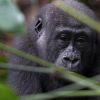“You are not alone”
Biodiversity is also threatened by trade – CITES is trying to prevent this with German support
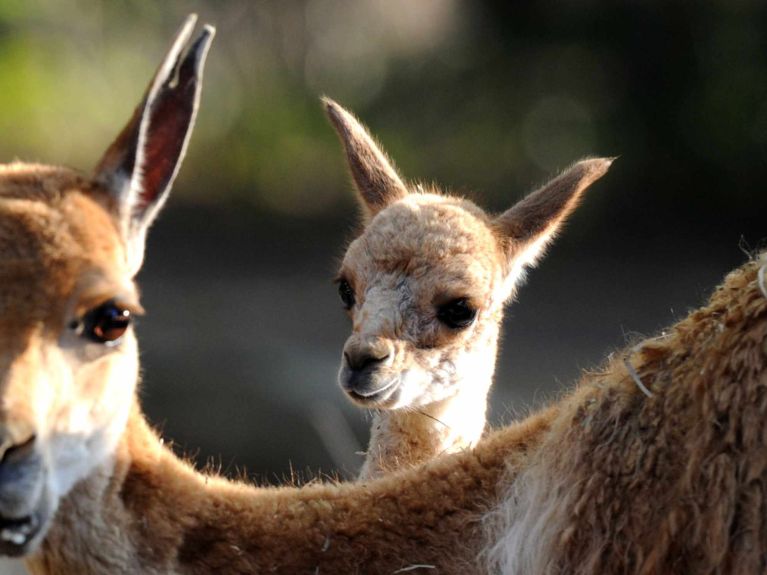
The 15th UN Biodiversity Conference CBD COP15 (Convention on Biological Diversity, Conference of the Parties) began in Montreal in Canada on 7 December 2022. The big challenge it faces is to preserve biodiversity and nature so as to protect human lives and wellbeing.
“I know you feel the weight of expectation on your shoulders, or maybe it’s the burden of responsibility,” CITES Secretary-General Ivonne Higuero said at the start of the conference, but then added: “I hope you know that you are not alone”. The destruction of natural habitats probably poses the greatest threat to biodiversity worldwide, though a major role is also played by the economic exploitation of plants and animals, especially protected species. The Convention on International Trade in Endangered Species of Wild Fauna and Flora (CITES), also known as the Washington Convention, is aimed at preventing trade in endangered species and thus plays a key role in preserving species and establishing protected areas.
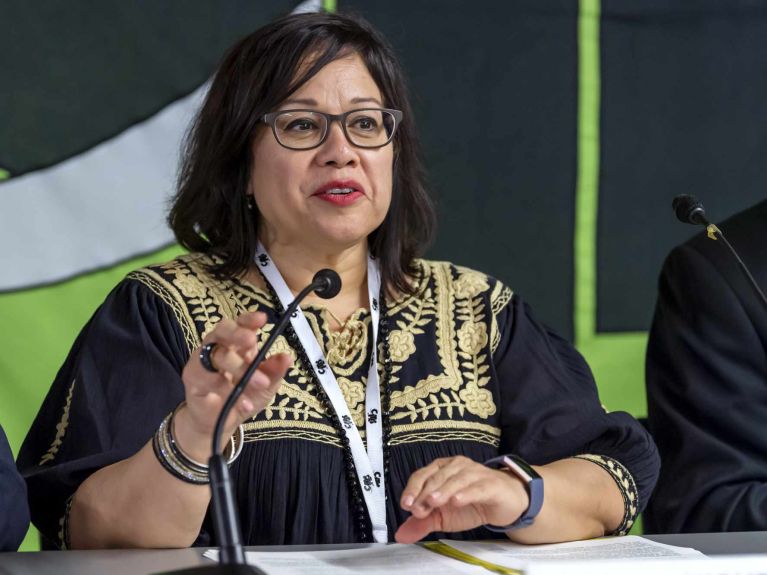
The Convention was concluded in 1973 in response to the dramatic decline in many popular species as a result of poaching and trade in live animals, furs and taxidermy. Germany was one of the first signatories to the agreement, and was also the first EU state to sign it. Today Germany is the third-biggest funder of CITES, behind the USA and Japan. In Germany, the Federal Agency for Nature Conservation is responsible for compliance with CITES, that it to say for controlling the trade in (and smuggling of) protected species.
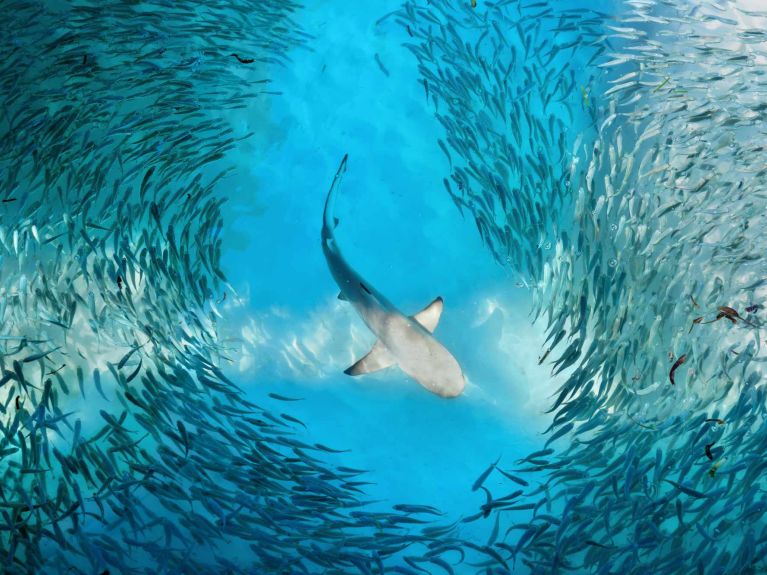
CITES protects more than 37,000 species
CITES now affords various levels of protection to more than 37,000 animal and plant species, regardless of whether they are traded alive or in parts or in the form of products derived from them. According to Higuero, 562 species (including 160 amphibians, 50 turtles and tortoises, 101 sharks and rays, and 152 tree species) were added to Appendix II at CITES COP 19 in November 2022 in Panama. Appendix II lists species that can be traded in exceptional cases with a permit. Appendix I contains those species whose trade is generally prohibited.
Protecting tropical forests and the sustainable use of rare and threatened tree species is a central objective of Germany’s Federal Environment Ministry (BMUV). In this context it cooperates primarily with the African countries of origin, the CITES Secretariat and the International Timber Trade Organisation (ITTO), and supports initiatives aimed at identifying especially at-risk tree species and listing them in CITES. It is thanks to this commitment that Germany views the listing of 152 new tree species as a major success.
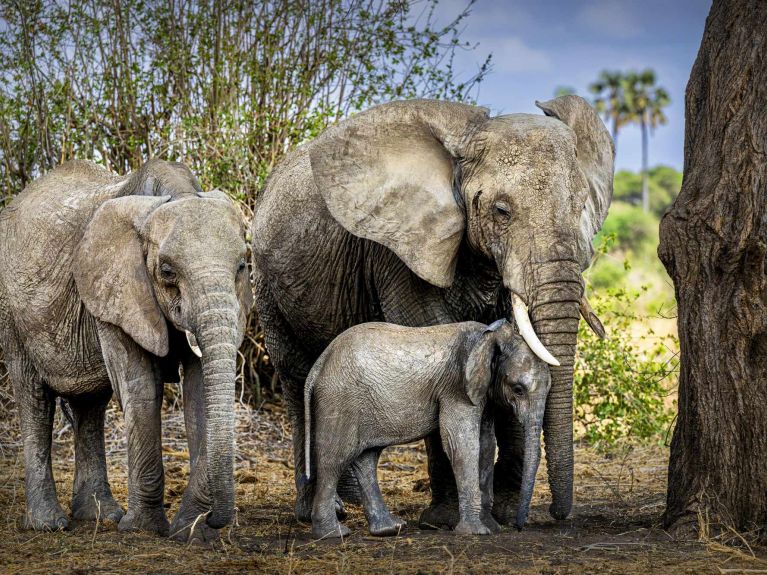
Saving elephants and vicunas
So how does CITES work? One example is the way it deals with the Earth’s largest land mammal, the elephant. As elephant populations have recovered, they now enjoy the second-highest level of protection, though trade in ivory is still prohibited by the highest level of protection. This is because the world’s appetite for ivory had almost led to the animals being wiped out. Populations decreased drastically in the 1970s and 1980s , with around 100,000 elephants being killed every year during that period, almost always for the ivory in their tusks. The complete ban on ivory trading in 1989 allowed populations to recover to the extent that elephants could be downgraded to level two protection status in the mid-1990s. Nonetheless, thousands of elephants continue to be killed by poachers each year. That is why Germany also provides direct support to protection schemes, programmes to prevent poaching and to train game wardens, and to educational campaigns in Africa and Asia.
Another CITES success story is the preservation of the South American vicuna. These animals were hunted so intensively for their incomparably fine and warm wool that there were hardly more than 10,000 of them left. Following a ban on trade and export, populations have meanwhile recovered to around 500,000 animals, and the species is no longer considered at risk of extinction.
You would like to receive regular information about Germany? Subscribe here:


